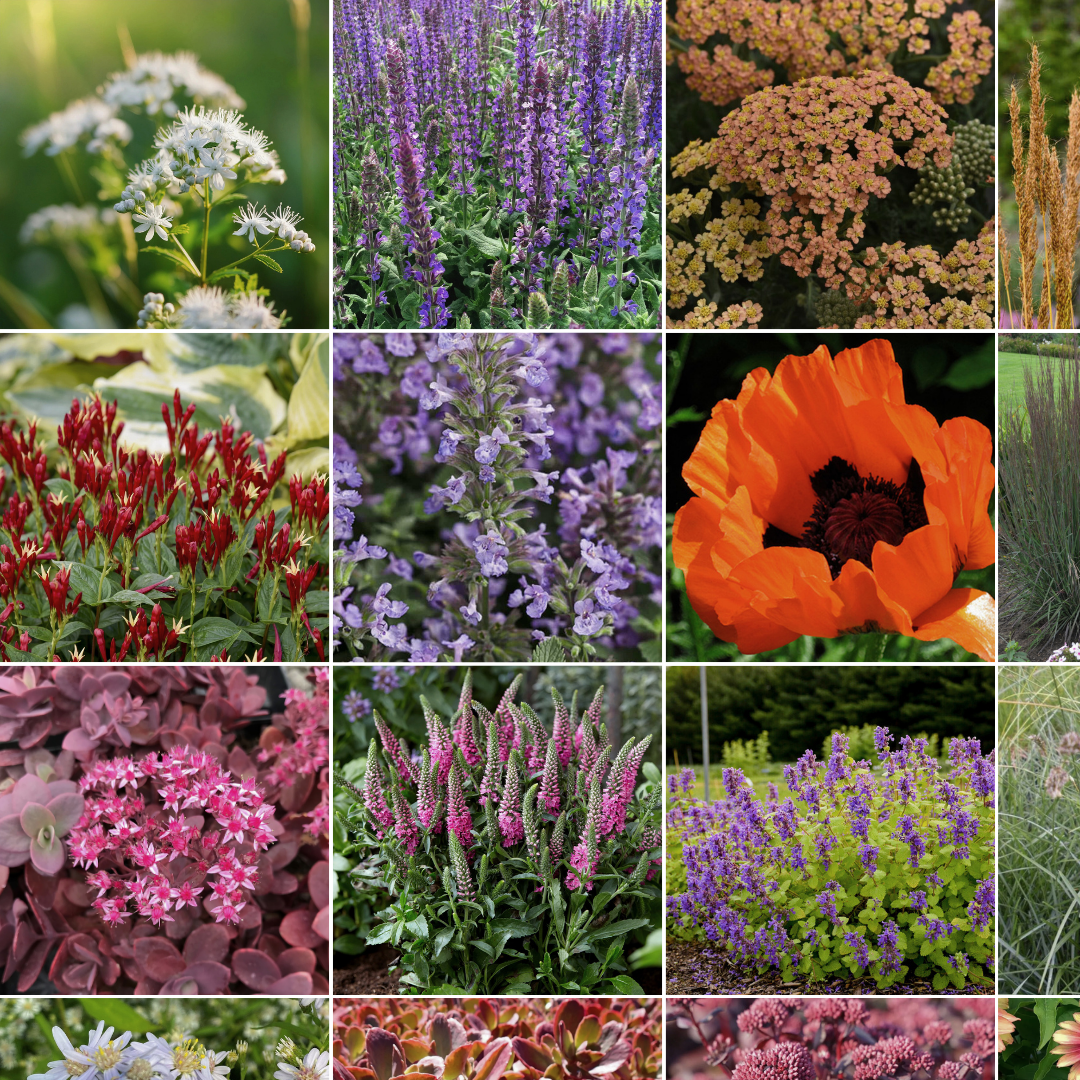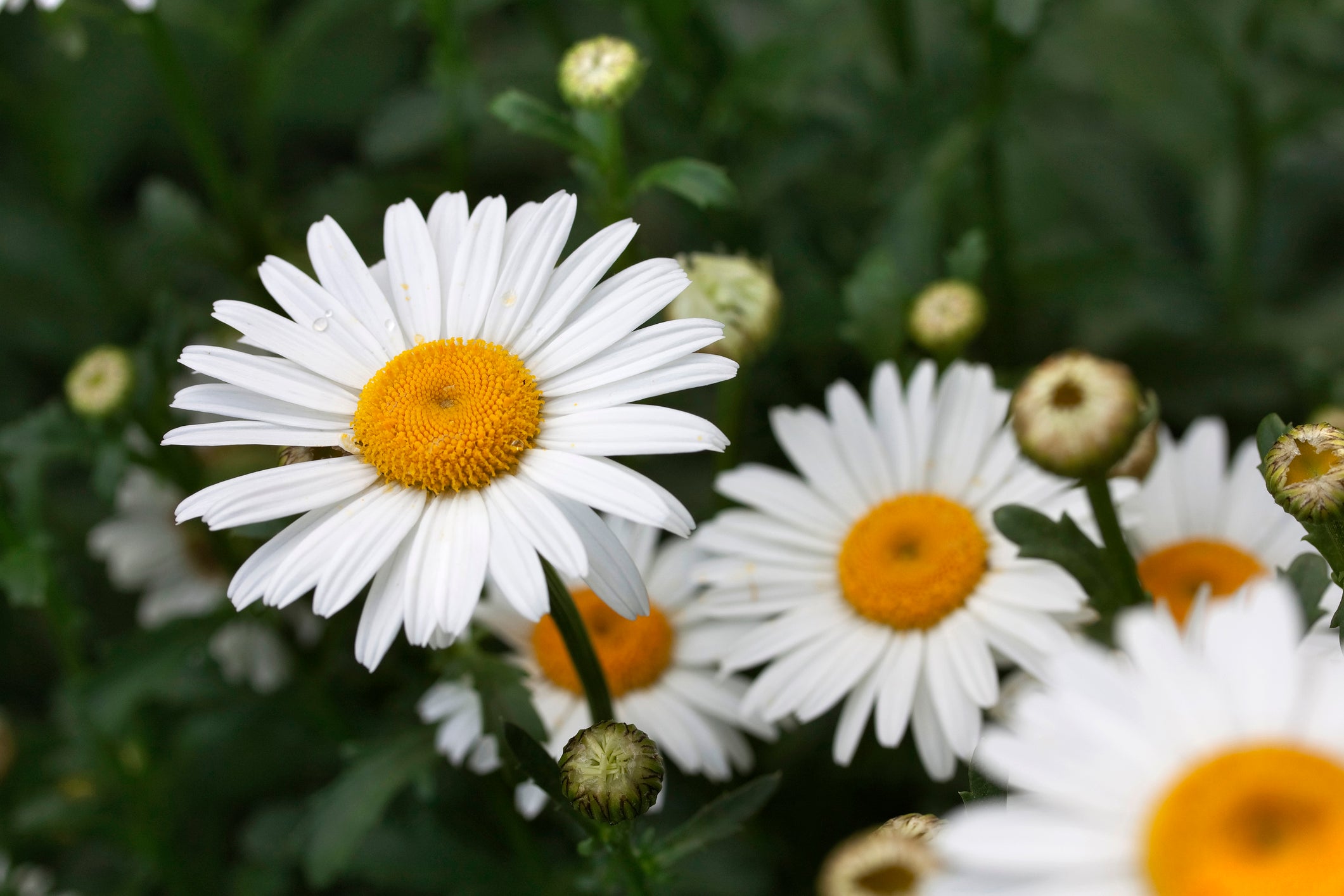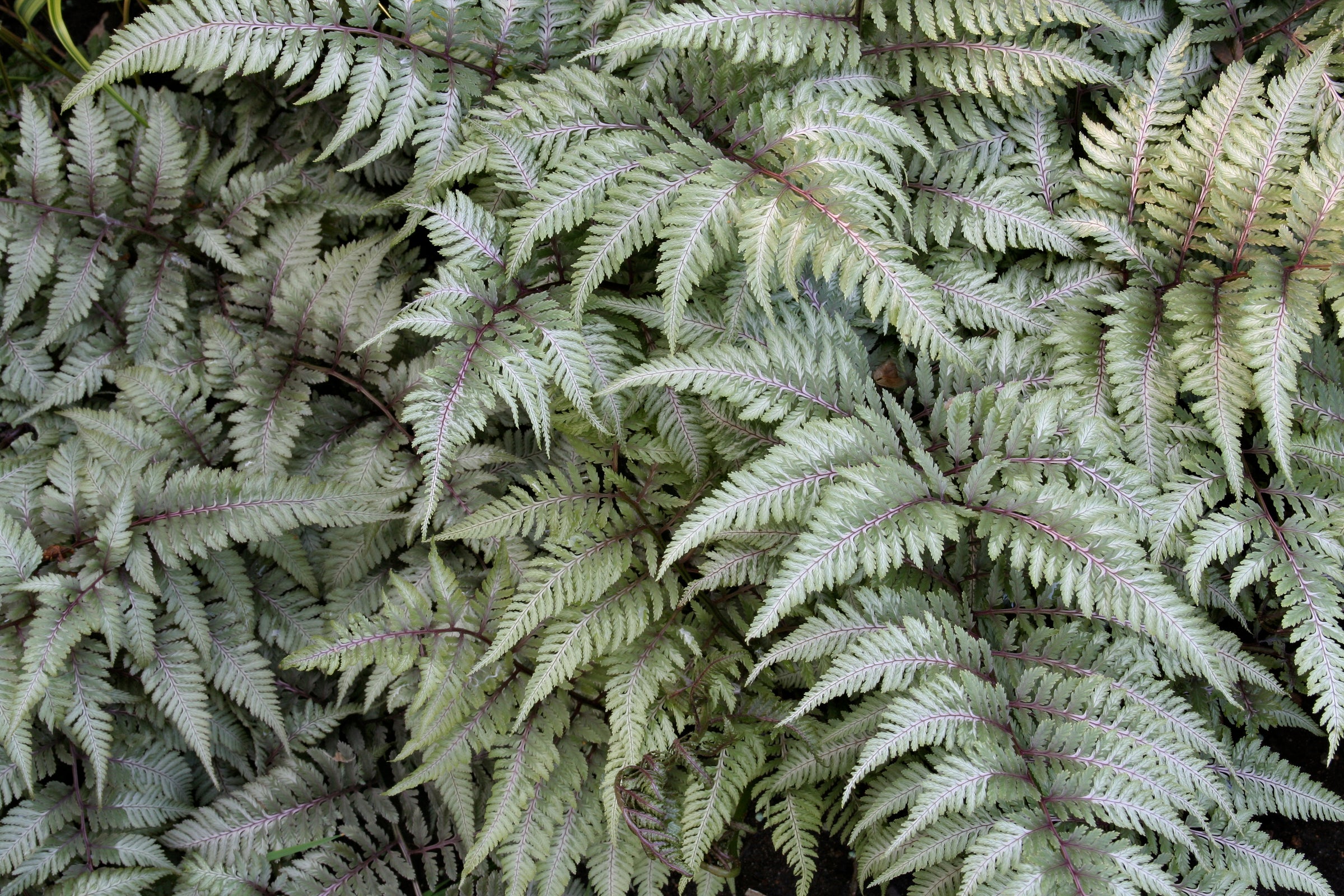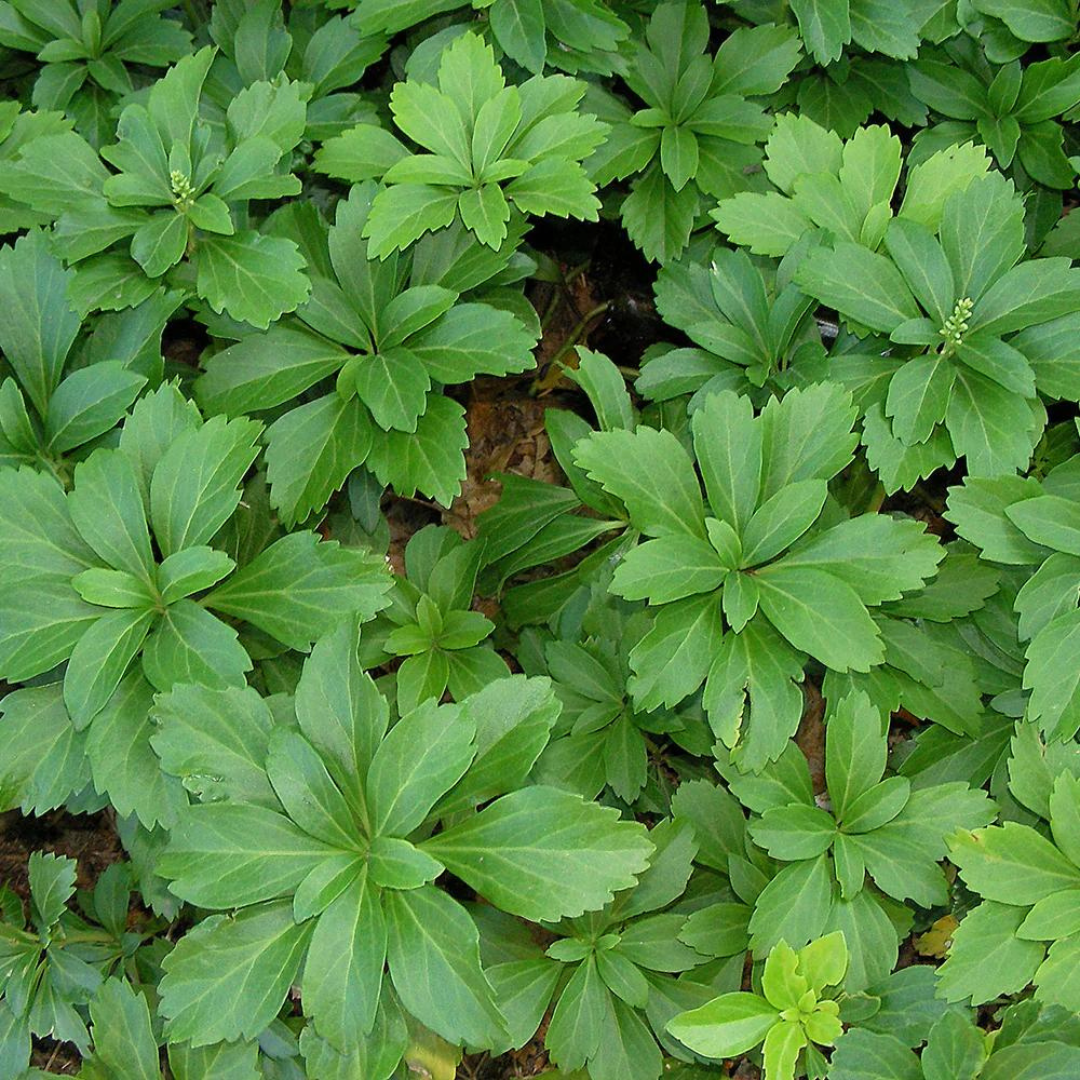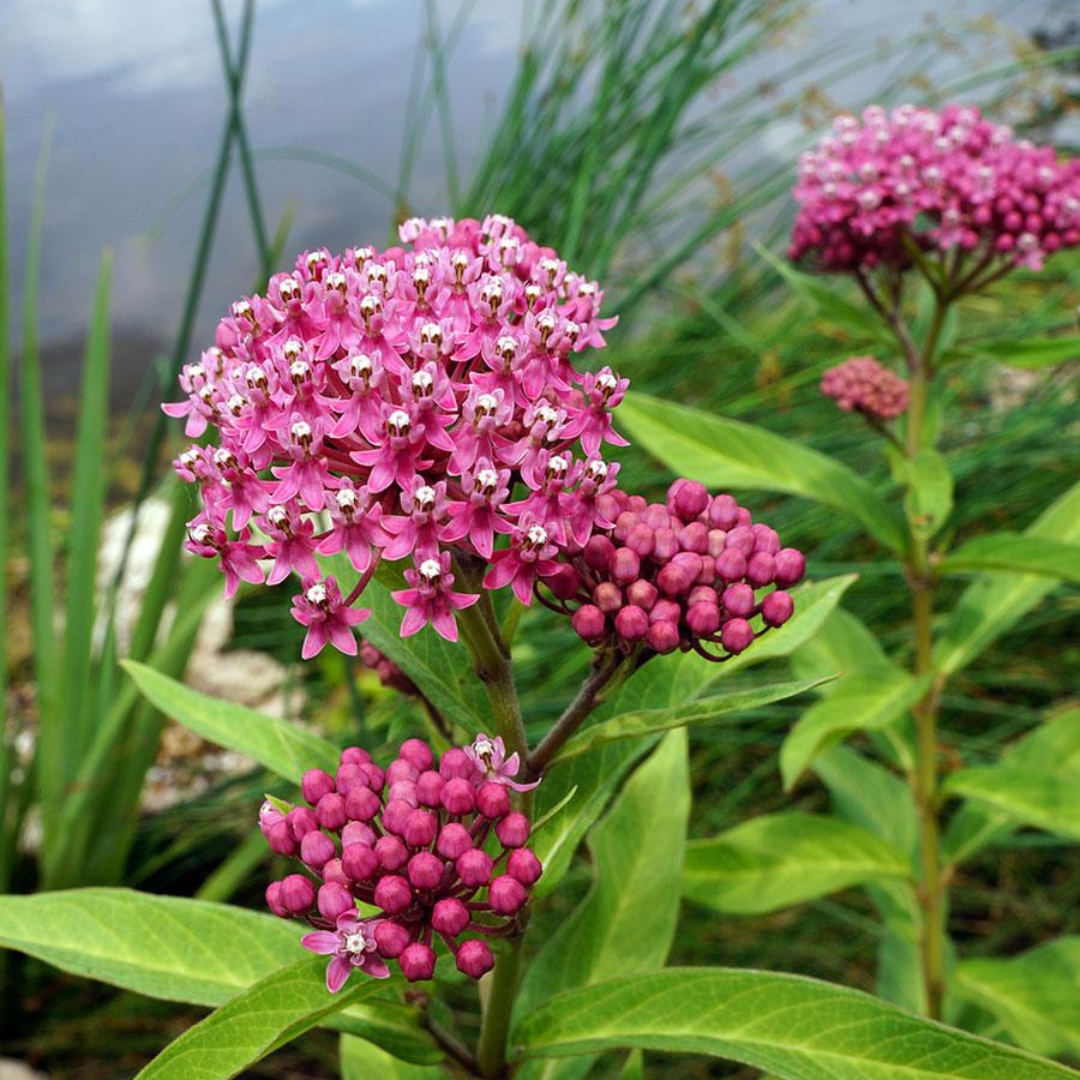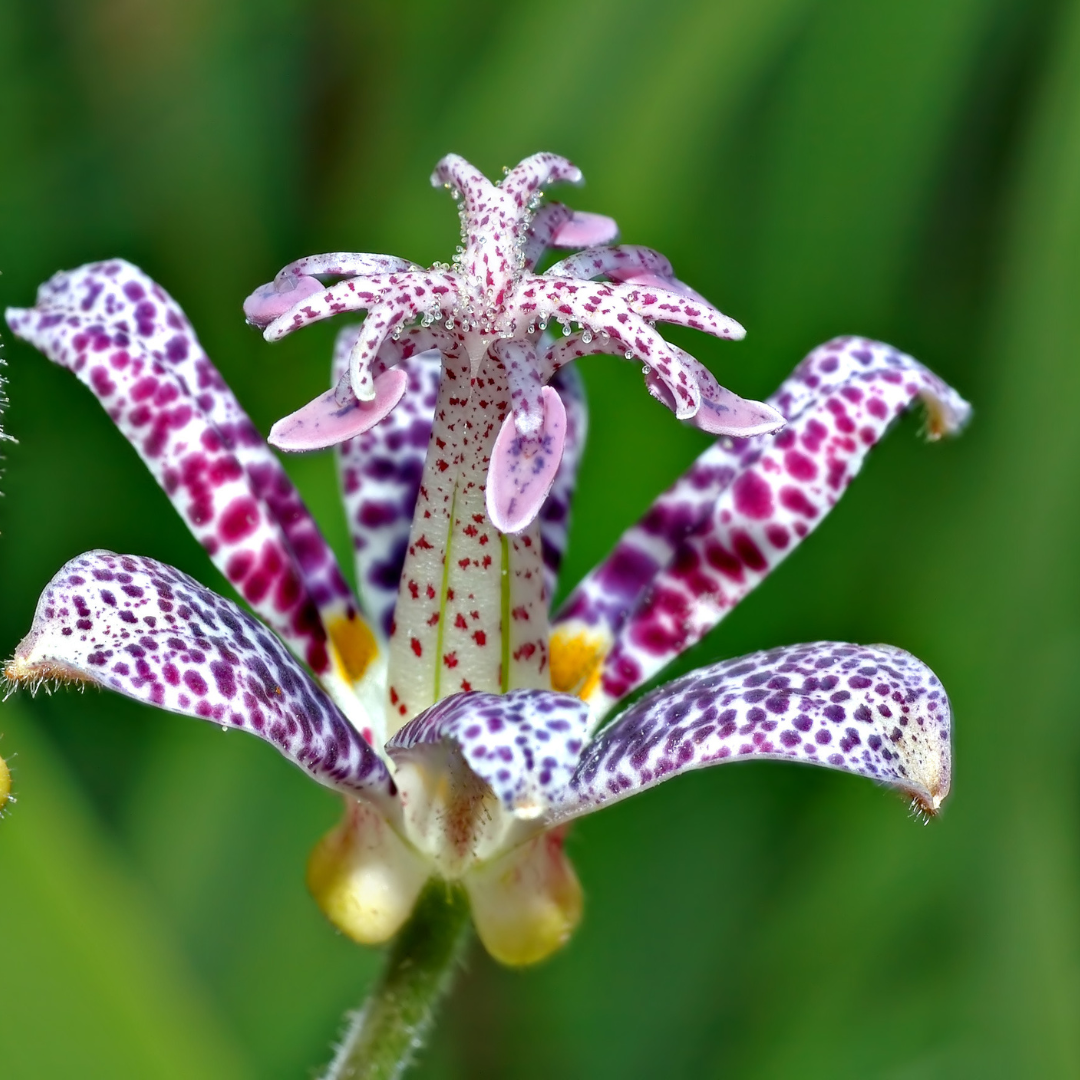
Tricyrtis hirta
Add to Wishlist Partial Sun
Partial Sun
 Full Shade
Full Shade
 Deer Resistant
Deer Resistant
- In stock, ready to ship
- Backordered, shipping soon
Tricyrtis hirta: Orchid Elegance for Autumn Shade
Exquisitely detailed and perfectly timed for the waning garden season, Tricyrtis hirta brings late-summer to fall interest with star-shaped, orchid-like blooms in lavender-white tones, each speckled with rich purple. Arching stems and softly hairy, lance-shaped leaves give this toad lily a graceful presence in the part-shade garden. Often blooming when little else is in flower, it adds a touch of the exotic to woodland plantings and shaded borders while remaining hardy and reliable.
Plant Characteristics:
- Height: 60–90 cm
- Spread: 45–60 cm
- Flower Colour: Lavender to creamy white with purple spotting
- Flowering Period: Late summer to fall
- Foliage: Medium green, lance-shaped, softly hairy
- Sunlight Requirements: Part shade to full shade
- Soil Requirements: Moist, rich, well-drained soil
Uses and Benefits: Tricyrtis hirta excels in woodland gardens, shady borders, and any low-light location where a burst of late-season colour is welcome. Its intricate blooms attract late pollinators and its upright, arching habit makes it a beautiful weaver among ferns and compact hostas. Ideal for close viewing, it adds a sense of discovery and elegance to shaded plantings as autumn settles in.
Companion Plants: Pair Tricyrtis hirta with the silvery brushed fronds of Athyrium 'Japanese Painted Fern', the ruffled, blue-green foliage of Hosta 'Mini Skirt', and the crisp white turtlehead flowers of Chelone glabra for a softly layered, pollinator-friendly shade combination that bridges summer and fall with grace and structure.
Care Instructions: Plant in part to full shade with consistently moist, humus-rich soil. Mulch to retain moisture and protect shallow roots. Water during dry spells and clean up spent foliage in late fall. Mark its location in spring, as it emerges late. Divide every few years if clumps become crowded.
History: Native to Japan, Tricyrtis hirta has been cherished for its late bloom time and orchid-like flower form. The species name “hirta” refers to its distinctive hairy stems and leaves, lending it both ornamental and textural appeal in the shade garden.
Final Thoughts: Mysterious and refined, Tricyrtis hirta offers a hidden jewel effect in shady corners—blooming when others fade, and bringing late-season elegance with quiet, unforgettable beauty.


